Stephen Port: Paramedic was suspicious about first victim's death
- Published
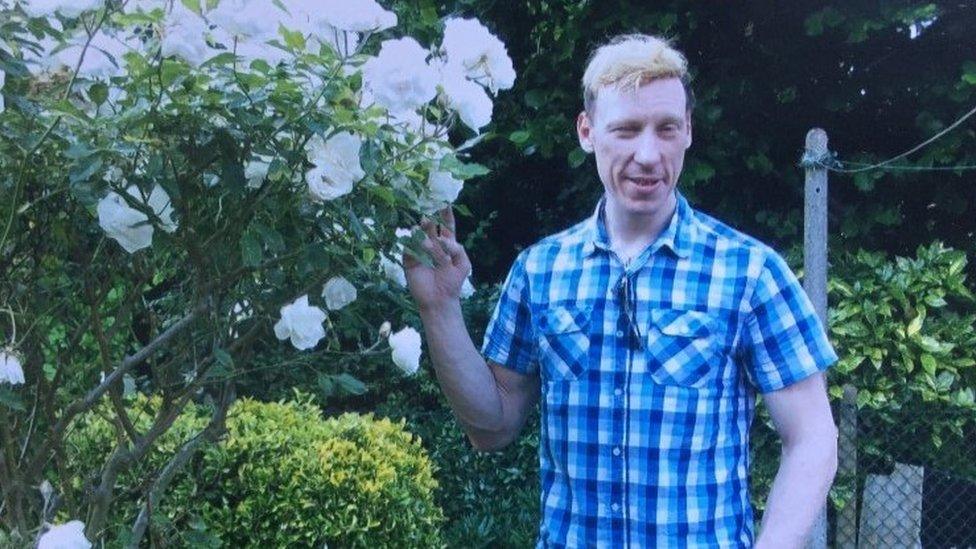
Stephen Port, from Barking in east London, was sentenced to a full life term in November 2016
The paramedic who found Stephen Port's first victim thought his death was suspicious, an inquest has heard.
Between 2014 and 2015, Port gave his victims fatal doses of the date rape drug GHB at his flat in east London, before discarding of their bodies.
Paramedic Antony Neil found Anthony Walgate, 23, slumped against a wall in Cooke Street, Barking at 04:05 BST on 19 June 2014.
He told jurors the body was "positioned cross-legged in an unnatural position".
That morning London Ambulance Service had received a call from Port, which was played to the jury.
In the 999 call, Port denied he had seen what had happened to the collapsed man, saying he did not know if he was awake or breathing.
He told the operator: "Looks like he's collapsed or had a seizure or something, just drunk.
"I was just driving in my car and just saw him lying on the floor, just got out, had a look at him."
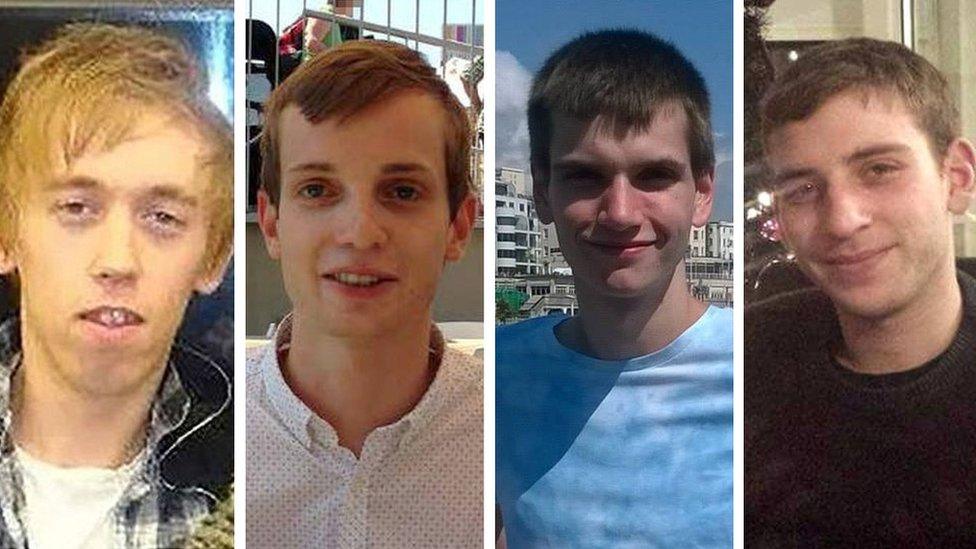
Stephen Port's victims (L-R): Anthony Walgate, Gabriel Kovari, Daniel Whitworth and Jack Taylor
Paramedic Antony Neil told jurors he had regarded it as an "unexplained suspicious death" when he arrived at the scene.
He said: "When I got to the body it was positioned cross-legged in an unnatural position from what the call was given as a possible seizure.
"My first impression was I could see the patient was deceased but if he had a seizure he would not be positioned as he was."
Mr Walgate had some blood around his mouth and had been "dead for quite some time", Mr Neil said.
Asked why he thought it was suspicious, he added: "The way it was positioned, it did not add up to the call I was given and because it was a young male, that's why it appeared suspicious to me.
"If someone had a seizure they would not be sat upright with their legs crossed. I have never seen that in my career."
Despite being convicted of lying to police about the circumstances of Mr Walgate's death, Port was not stopped until after he had killed three more men, the jury heard.
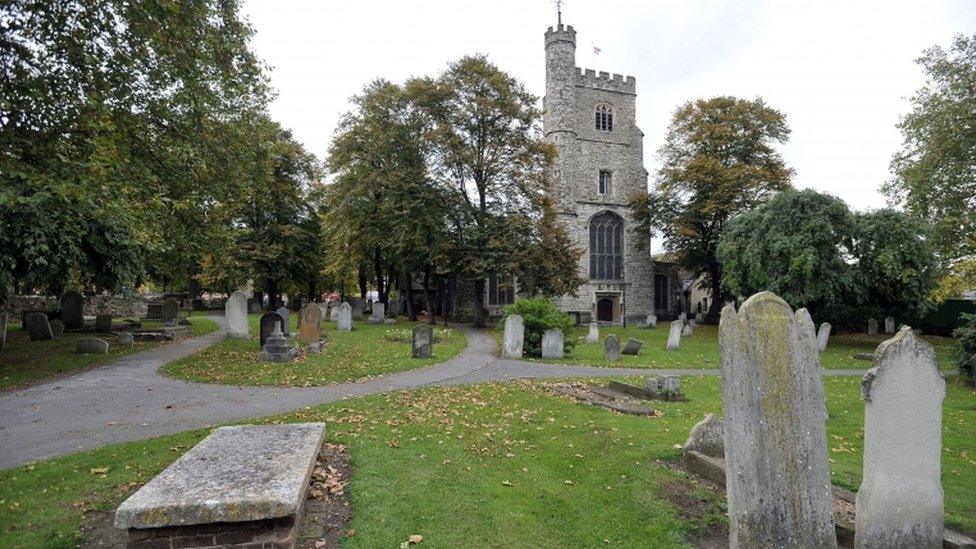
Mr Kovari and Mr Whitworth's bodies were found in the graveyard of St Margaret's Church
On Thursday, inquest jurors decamped from Barking Town Hall to view the crime scenes with coroner Sarah Munro QC.
The 11 men and women were invited to examine each of the areas where the four victims had been left and compare them with crime scene photographs of the bodies.
With an escort of uniformed police, the jury was first guided to outside Port's former flat in Cooke Street where the first victim, fashion student Mr Walgate, was found.
Gabriel Kovari, 22, and Daniel Whitworth, 21, were found dead by the same dog walker three weeks apart in 2014 beneath a large maple tree in a corner of the walled cemetery.
Mr Kovari's body was found at 09:01 on 28 August and Mr Whitworth was discovered at 11:20 on 20 September, just a couple of metres away.
The final victim, aspiring police officer Jack Taylor, 25, was found by a parks worker on the other side of the stone wall at 01:10 on 14 September 2015.
In 2016, Port, now 46, was found guilty at the Old Bailey of the four murders and sentenced to a whole-life order.
The inquests continue.

What is GHB?
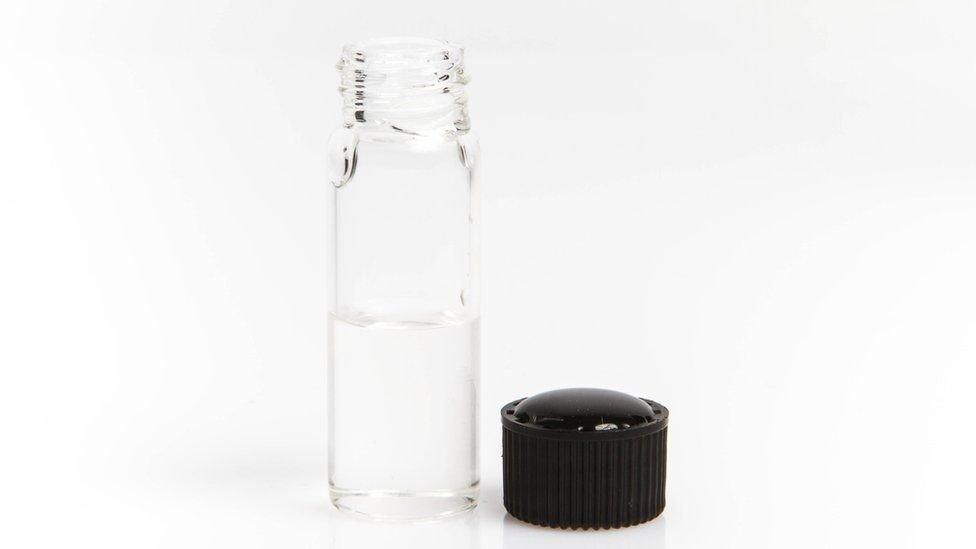
GHB is colourless, odourless and takes effect quickly
GHB (gammahydroxybutrate) has a medical use in the treatment of narcolepsy, a rare sleep disorder.
It depresses the central nervous system, causing drowsiness and euphoria; and it can reduce inhibitions.
There is only a small difference between the dose causing the desired effects and the dose leading to severe overdose and death. If not sufficiently diluted, it can also burn the part of the body via which it is administered.

- Published6 October 2021
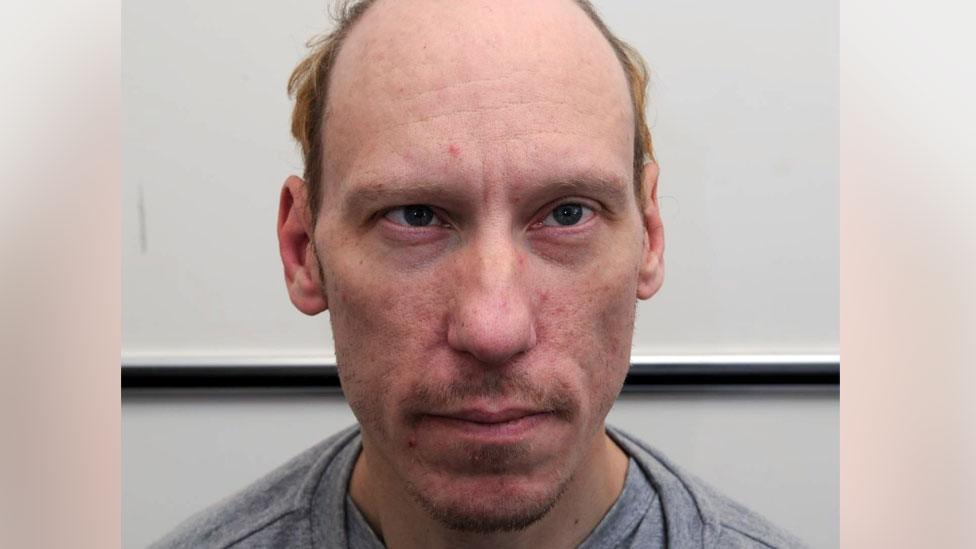
- Published5 October 2021
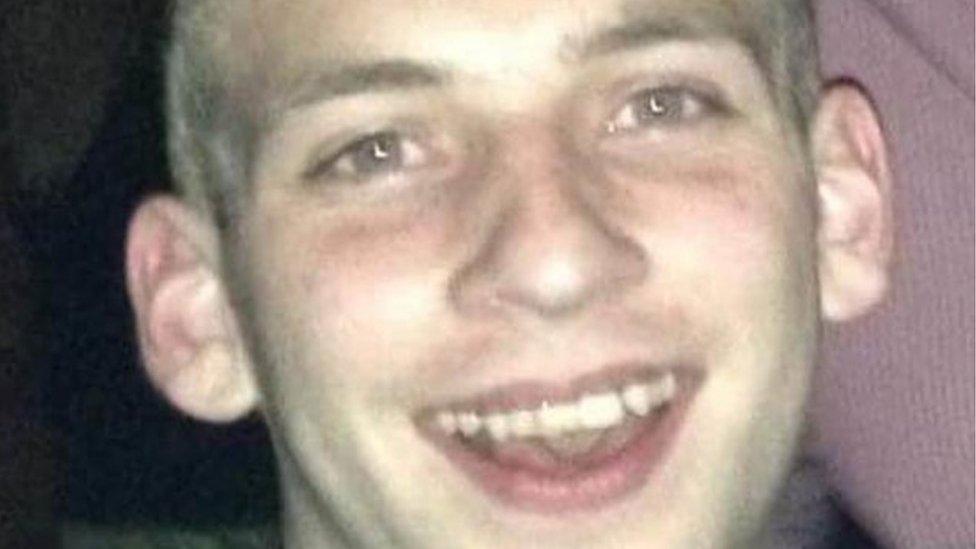
- Published5 October 2021

- Published5 October 2021
